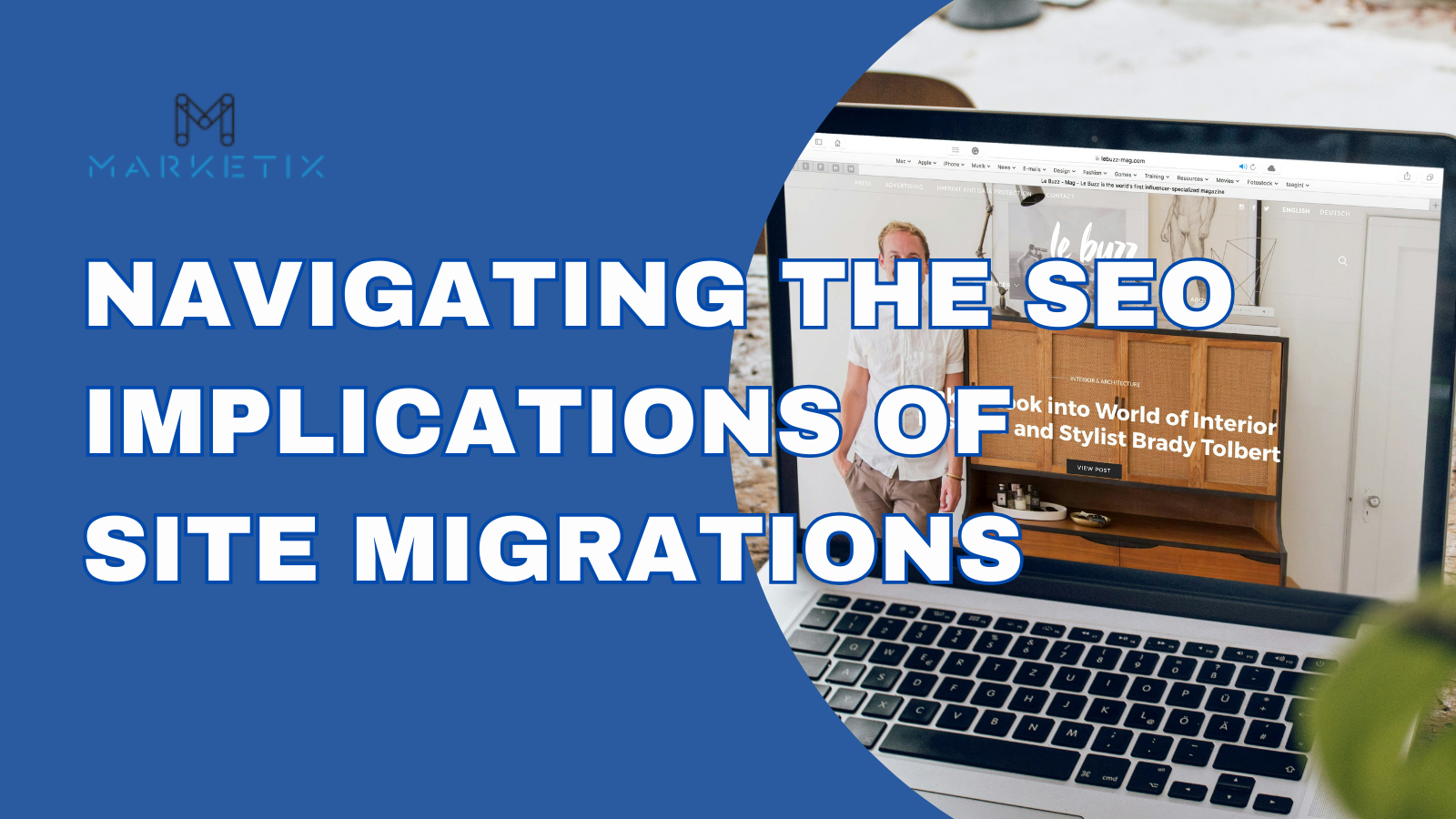- Home
- > The Marketix Blog
- > SEO
International SEO: How to Optimise Your Website for Other Countries
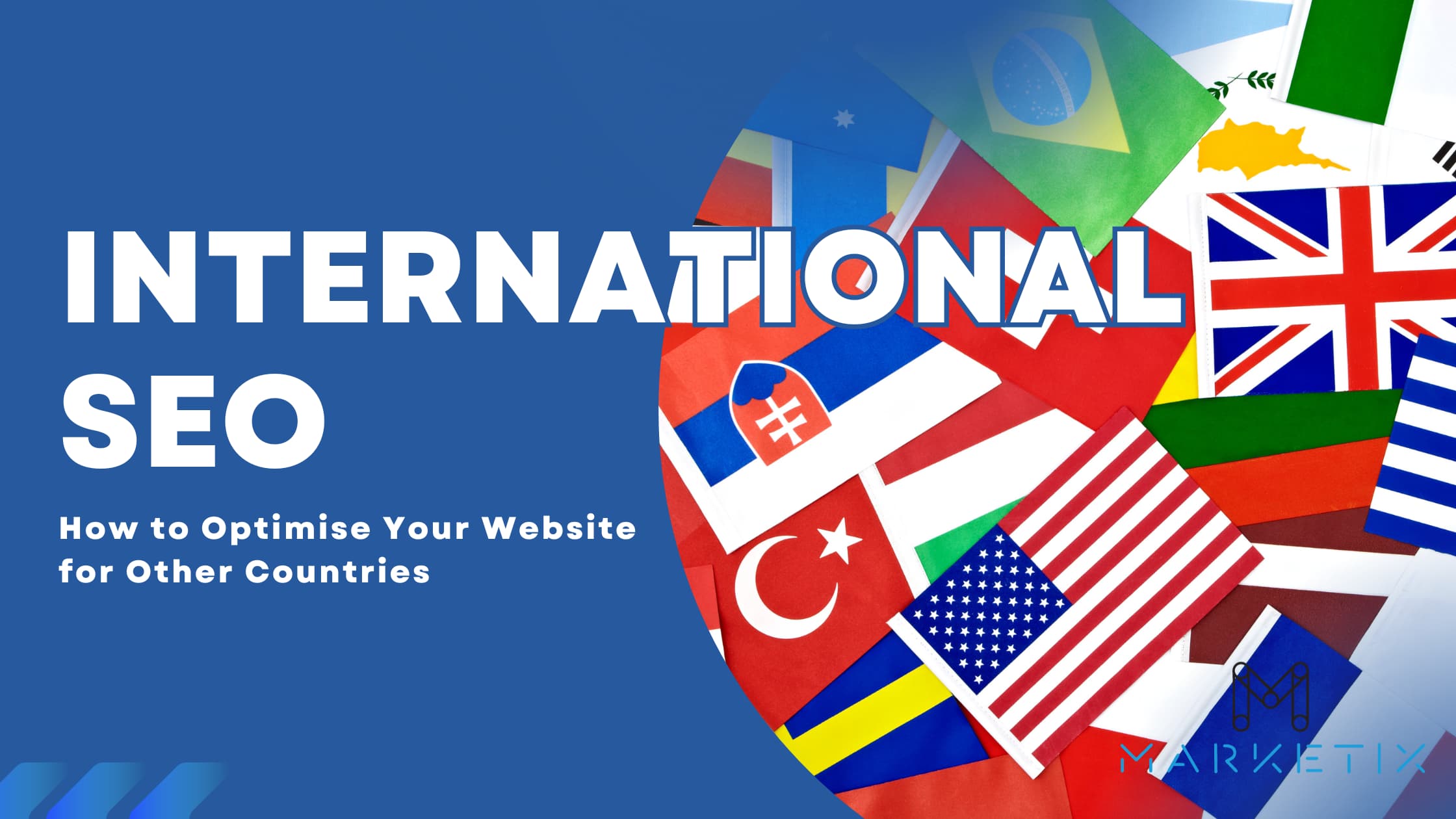
Expanding your business into international markets is a strategic move that requires precision and expertise in digital marketing.
In the case of SEO, we have an approach called “International SEO”. Some of our clients at Marketix Digital have successfully implemented this through our help.
Now, we craft this guide to show you the correct way to optimise your website for different countries.
What is International SEO?
International SEO is the process of optimising your website so that search engines can easily identify which countries you want to target and which languages you use for business.
This form of SEO is important for businesses looking to expand their reach beyond their local market and engage with customers on a global scale. It involves strategic planning around site structure, content localisation, language targeting, and much more.
Implementing international SEO effectively allows your website to perform well in regional search engine results, which is essential for attracting and engaging international audiences.
Local SEO Vs. International SEO
While both local and international SEO aim to increase a website’s visibility in search results, their strategies differ significantly based on the geographic focus.
Local SEO is concentrated on optimising a website to be found in local search results. It is predominantly about targeting potential customers located in the same area or region as the business.
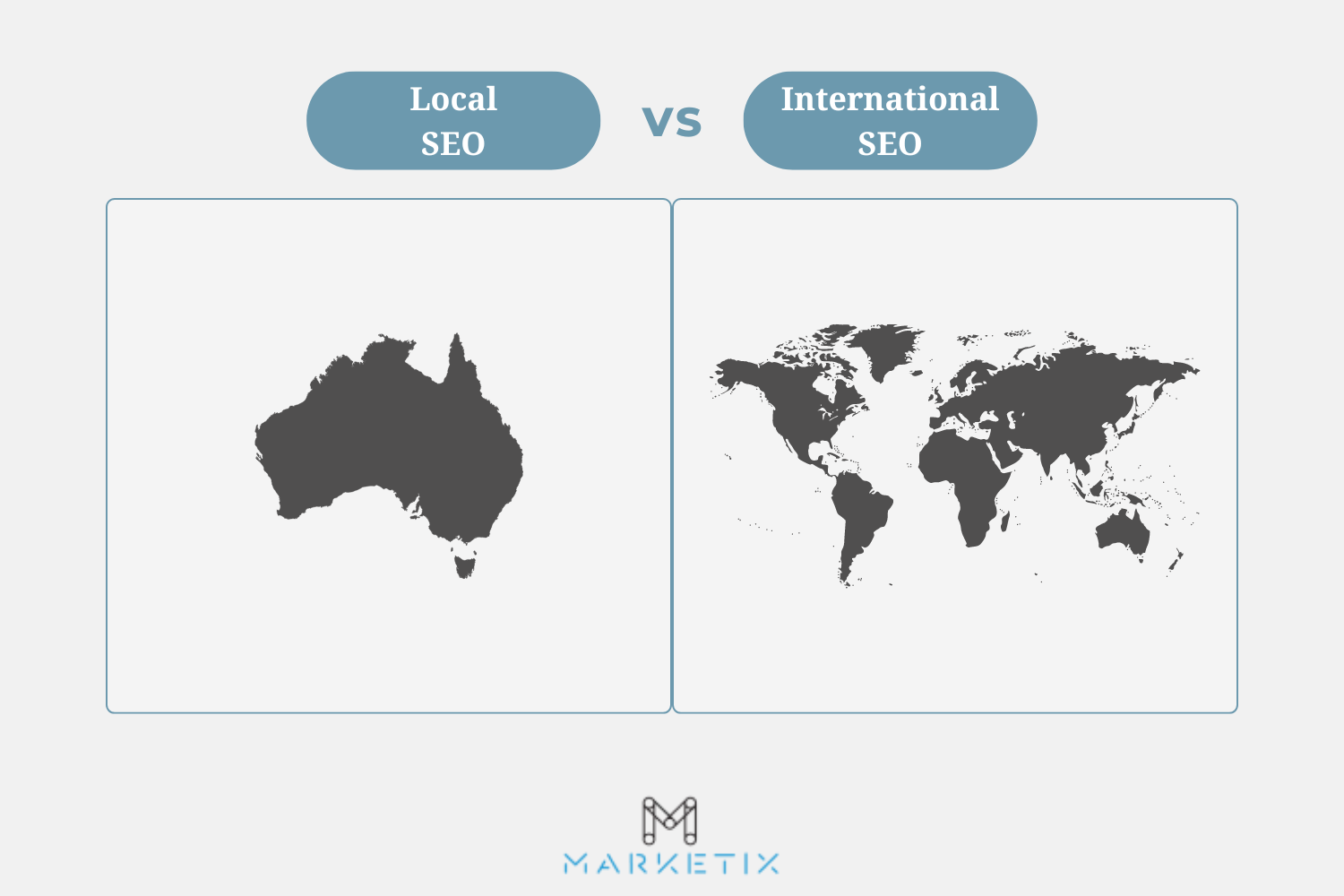
Techniques involve optimising for geo-specific keywords, local listings, and map integration. The goal is to appeal to an audience within a confined locale – often a city or region.
International SEO, on the other hand, targets a global audience. It involves complex strategies such as choosing the right URL structure (e.g., country-specific domains, subdomains, or subdirectories) and establishing language tags (hreflang) for serving the correct language or regional URL in search results.
Moreover, international SEO requires content to be tailored and localised to resonate with different cultural and linguistic groups to make sure that all communications are relevant and culturally appropriate.
Businesses should understand the distinctions between local and international SEO so they can better strategise their approach to targeting either local buyers or a global audience, depending on their operational goals.
International SEO Checklist
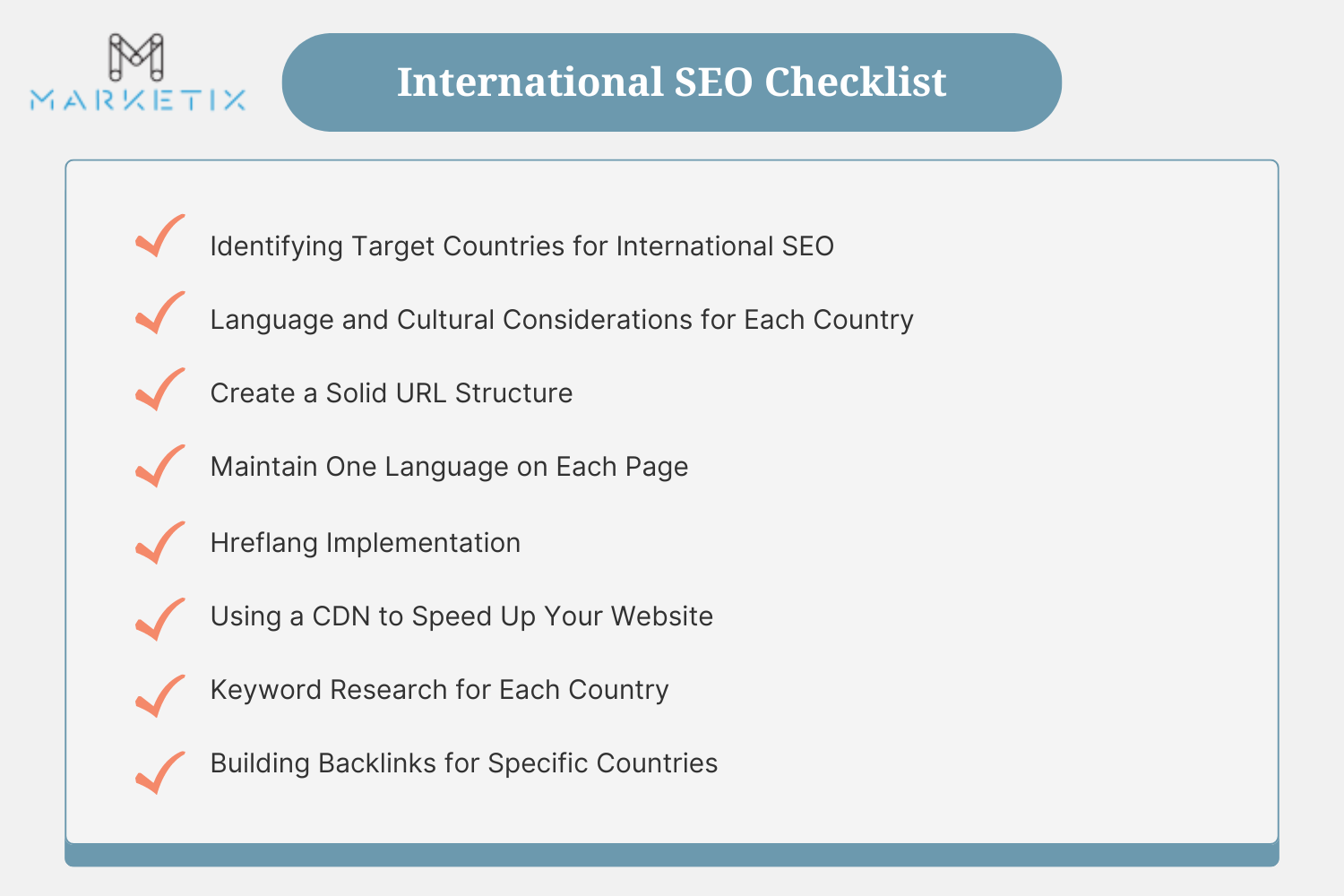
Identifying Target Countries for International SEO
The first important step in international SEO is to precisely identify and catalogue the countries you intend to target.
If you don’t have an idea what other countries you should target next, you can use tools like Semrush and Similar Web to check where your competitors are already finding success internationally.
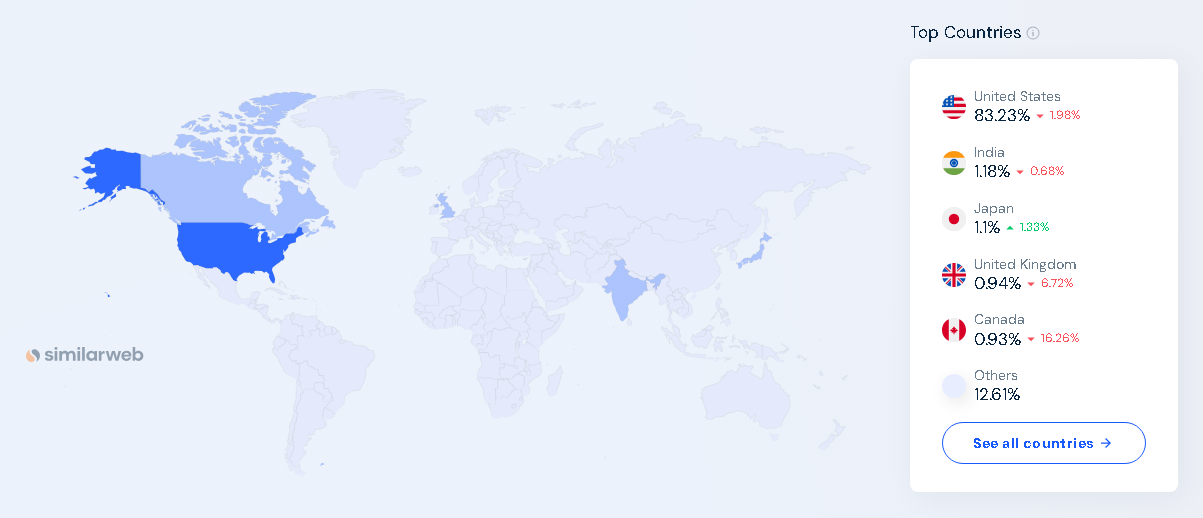
A simple competitor analysis using these tools can reveal key traffic data, helping you determine which countries contribute most significantly to their online traffic.
For an empirical grounding, consider getting insights from Google Trends, which offers a comprehensive view of digital trends worldwide, aiding in informed decision-making for your international outreach.
Language and Cultural Considerations for Each Country
Understanding the primary language of each target country is important for effective communication and engagement in international SEO.
It goes beyond mere translation; it requires a deep appreciation of cultural nuances to forge a genuine connection with the audience. This consideration influences keyword research, content creation, and the overall user experience, underscoring the necessity of cultural competence.
For instance, when targeting Spanish-speaking markets, it's important to recognise the regional differences in language use between countries like Spain and Mexico. Similarly, for German, variations exist between Germany, Austria, and Switzerland, not only in language but also in consumer behaviour and preferences.
Tailoring content to accommodate these distinctions can improve the effectiveness of your SEO efforts as it resonates well with the local audience and meets their specific needs and expectations.
Create a Solid URL Structure
Choosing the right URL structure is important for international SEO, as it helps signal to both search engines and users the intended geographic targeting of your website. As Google has explained, three main types of URL structures can be used for targeting specific countries:
Country-code Top-Level Domains (ccTLDs):
- Pros: Clear geotargeting, server location irrelevant, easy separation of sites.
- Cons: Can be expensive, more infrastructure required, often country-specific requirements.
Examples:
- www.domain.co.uk - Targets the United Kingdom
- www.domain.de - Targets Germany
- www.domain.jp - Targets Japan
Subdomains with Generic Top-Level Domains (gTLDs):
- Pros: Easy to set up, allows for different server locations, facilitates easy separation of sites.
- Cons: Users might not recognise geotargeting from the URL alone.
Examples:
- de.domain.com - German language version targeting primarily German-speaking audience
- fr.domain.com - French language version targeting primarily French-speaking audience
- jp.domain.com - Japanese language version targeting primarily Japanese-speaking audience
Subdirectories with gTLDs:
- Pros: Easy to set up, low maintenance as it uses the same host.
- Cons: Users might not recognise geotargeting from the URL alone, single server location, and harder separation of sites.
Examples:
- www.domain.com/de - German language section of the US site
- www.domain.com/fr - French language section of the US site
- www.domain.com/jp - Japanese language section of the US site
Maintain One Language on Each Page
Google advises that this practice helps users and search engines to find the right page for their needs.
It avoids confusion and improves the effectiveness of hreflang annotations for multilingual websites. This approach ensures that each page is optimally indexed and that the language targeting is clear:
- Single Language Focus: Each page should stick to one language, ensuring all content including navigation and metadata is in that language.
- Visibility in Search Results: This method improves the page’s visibility in the search results of the targeted language, as Google uses the visible content to determine the page's language.
Examples:
If a page is intended for the French market, all content including product descriptions, meta descriptions, and navigational elements should be in French.
For a Spanish page, all written content, links, and alt-texts should maintain consistency in Spanish.
Hreflang Implementation
Implementing hreflang tags is essential for managing multi-regional and multilingual sites, as it helps Google and other search engines understand the language and regional targeting of your content.
Hreflang tags guide search engines to serve the appropriate version of a page depending on the user’s language or regional settings:
- Correct Language or Regional URL: Hreflang helps make sure that users see content in their preferred language and that search results are regionally appropriate.
- Avoid Duplicate Content: It also prevents duplicate content issues across different language versions of the same content.
Implementation Tips:
Use hreflang tags when you have similar content across multiple languages.
Confirm that the tags are correctly implemented and returned in the HTTP header or in the sitemap.
Example:
A website might have an English page targeting the US, a French page targeting France, and an English page targeting the UK. Hreflang tags will differentiate these pages in search results, making sure that users searching from the US, France, and the UK find the right regional or language-specific page.
Using a CDN to Speed Up Your Website
Utilising a Content Delivery Network (CDN) is important for businesses aiming to provide fast and reliable access to their websites across diverse international markets.
A CDN facilitates this by hosting your content on multiple servers distributed globally to make sure that users can access data from a server that is geographically closest to them.
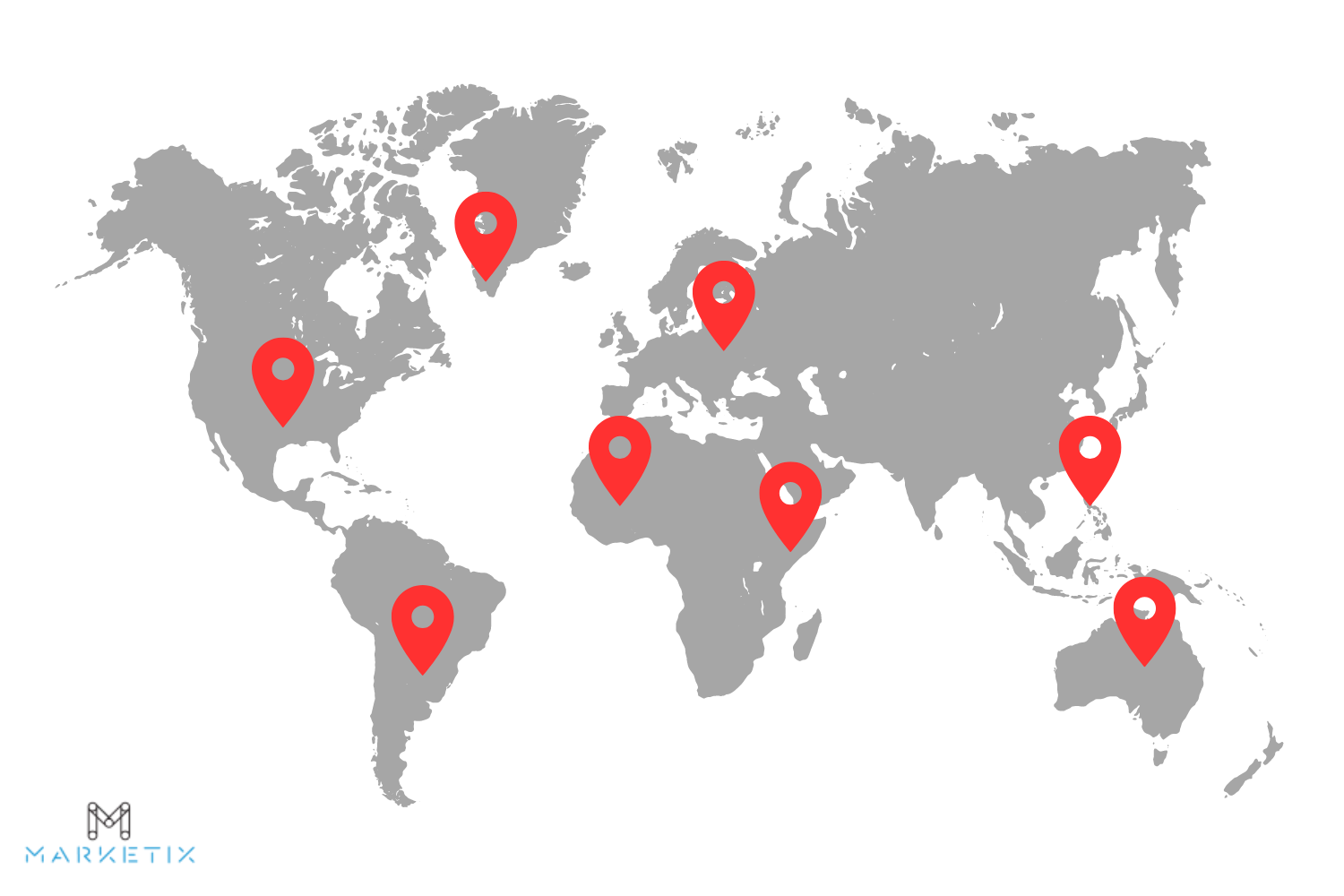
Enhanced speed not only improves user experience but also supports SEO efforts, as faster site speeds are a key factor in search engine rankings.
Moreover, CDNs help in handling large spikes in traffic and securing your website against Distributed Denial of Service (DDoS) attacks, which are common as your online presence grows.
By distributing the traffic across several points of presence, CDNs reduce the risk of any single server's overloading.
Keyword Research for Each Country
Conducting comprehensive keyword research for each target market is a foundational step in international SEO that goes beyond mere translation.
It’s about understanding the nuances of how the local audience searches for your products or services.
This process includes analysing search terms, the frequency of queries, and the context in which these terms are used, which differ from one region to another due to cultural and linguistic variations.
For instance, the popular search terms in the UK might vastly differ from those in Spain, even within the same industry. Therefore, localising your keyword strategy ensures that your content is relevant and capable of capturing the right audience.
Additionally, using the right tools like AHREFs or Agency Analytics to track keyword performance across different regions is imperative to continuously refine and adapt your strategies based on actual search behaviour and trends.
Building Backlinks for Specific Countries
Developing a country-specific backlink strategy is important for enhancing your SEO performance in international markets.
Obtaining backlinks from respected local sources can significantly increase your domain authority and boost credibility with search engines and users alike.
When crafting your backlink strategy, prioritise links from authoritative and relevant local websites. Such relevance signals to search engines that your content holds value, potentially improving your search rankings.
Moreover, part of the strategy should involve a thorough backlink and traffic analysis for each prospect, regardless of the link-building method employed, be it guest posting, sponsored posts, or others. You always need to make sure that you target websites that not only contribute to your domain authority but also drive relevant traffic to your site.
What You Need to Avoid
Avoid Building Internal Links in a Different Language
Internal links within your website should consistently match the language of the page they are on.
Introducing multiple languages on a single page can lead to confusion for both users and search engines.
When links direct users to content in a language different from the initial page, it disrupts the user experience and may increase bounce rates as users might feel misdirected. Additionally, search engines may struggle to accurately index and rank pages if they detect mixed language content, which can dilute the SEO strength of your pages.
It's important to maintain linguistic consistency to provide a seamless and intuitive user experience, and to aid search engines in understanding and ranking your content accurately.
Avoid Parameterised URLs
Parameterised URLs, which include query strings to denote regional variations, should be avoided in the context of international SEO. These types of URLs are not user-friendly and can lead to confusion both for users and search engine bots.
As Google has stated, this method of URL structuring is not recommended for targeting different regional or language versions of content. Using parameterised URLs can negatively impact the SEO performance of your website by complicating the crawling and indexing processes.
Examples of Parameterised URLs:
- www.domain.com/page?gl=UK
- www.domain.com/page?gl=US
- www.domain.com/page?gl=FR
- www.domain.com/page?gl=DR
Issues with Parameterised URLs:
- User Experience: These URLs are hard to read and remember, making it difficult for users to navigate and share links.
- SEO Impact: Search engines may struggle to correctly index such URLs as they might view each parameter as a different URL, leading to duplicate content issues.
- Management Complexity: Maintaining and tracking the performance of parameterised URLs can be complex due to the numerous variations.
For these reasons, it's advisable to take the parameterised URL option completely out of the equation for international SEO strategies. Instead, focus on more solid methods such as ccTLDs, subdomains, or subdirectories, which provide clearer signals to search engines and enhance the overall user experience on your website.
Do Not Automatically Redirect Users Based on Their IP Address or Cookies
Automatically redirecting users to different languages or regional versions of your site based on their IP address or browser cookies can lead to a negative user experience and adversely affect your site's search engine crawling. This practice can disorient users who may prefer or expect a different language version than the one automatically served.
Such redirections can also prevent search engines from accessing all versions of your site, as they typically crawl from fixed locations, primarily using US-based IP addresses.
To accommodate users from various regions while adhering to SEO best practices, provide clear options on your site allowing users to select their preferred language or region manually.
Businesses should always respect user choice and aid in the proper indexing of your site's various language or regional versions by search engines.
Hire A Professional for International SEO
Are you ready to take your business to the global stage with precision and expertise in international SEO?
Marketix Digital is equipped to guide you through the complexities of optimising your website for multiple countries and languages. Our track record speaks for itself, with a history of successful international SEO campaigns that have propelled our clients into new markets with impactful results.
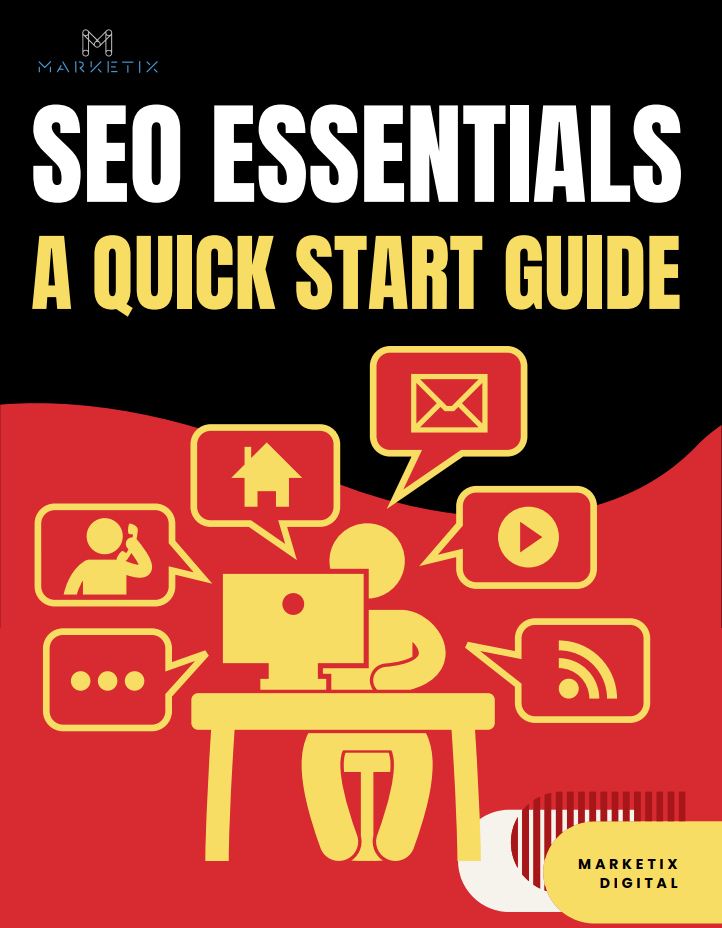
Free Download SEO Book
Download our 24-page SEO book to learn:
- How SEO Really Works
- How to Rank #1
- Content & SEO
- Choosing an SEO Agency
Thank you!
You have successfully joined our subscriber list.



